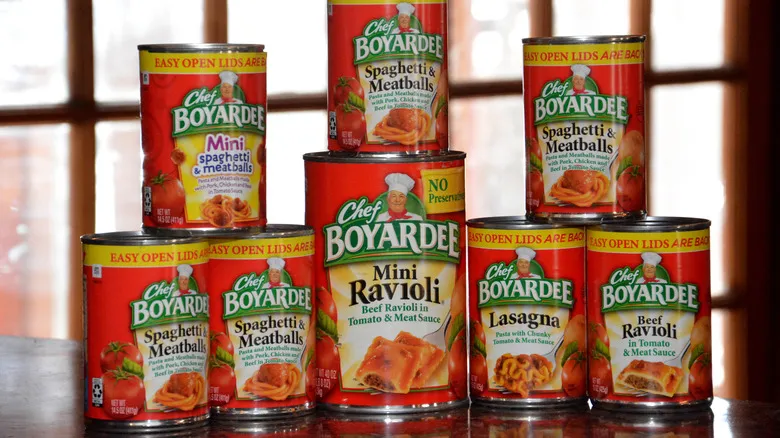From celebrity chef to canned pasta king
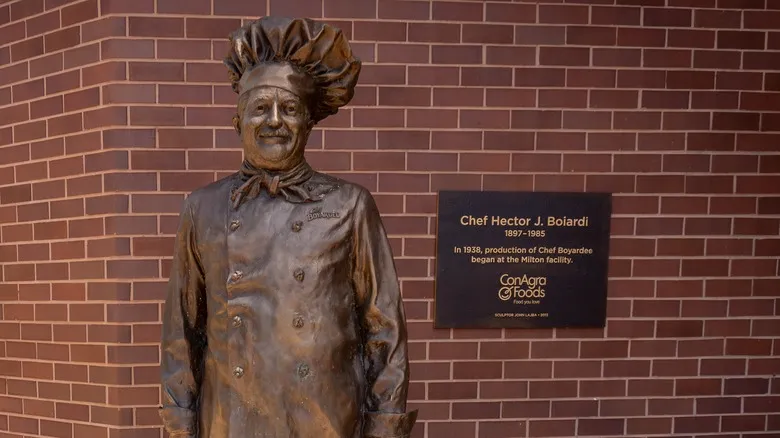
In 1924, Chef Hector Boiardi opened a thriving Italian restaurant in Cleveland, Ohio. It became so popular that customers began requesting his recipes and take-home servings of his dishes. In response, he started selling his pasta sauce, initially packaging it in repurposed milk containers. The sauce quickly gained popularity, and by 1928, Boiardi and his two brothers began canning pasta and sauces under the Chef Boy-ar-dee label (later stylized as Chef Boyardee), opting for a phonetic spelling that was easier for Americans to pronounce. This made them one of the first canned Italian food companies in the U.S., significantly contributing to the popularity of Italian cuisine among Americans.
As the business expanded, the company outgrew its original processing facility in Cleveland and relocated to rural Milton, Pennsylvania, in 1938. There, Boiardi and his brothers took over an old silk mill to accommodate their growing operations. By this time, Chef Boyardee had already become the largest importer of Parmesan cheese in the nation, but they sought local sources for fresh ingredients. One of the motivations for moving to Milton was to be nearer to the tomato fields used for their pasta sauces, as well as to access East Coast markets. Even during the Great Depression, the company continued to prosper with its affordable and tasty products.
Boiardi's wartime contributions and lasting legacy
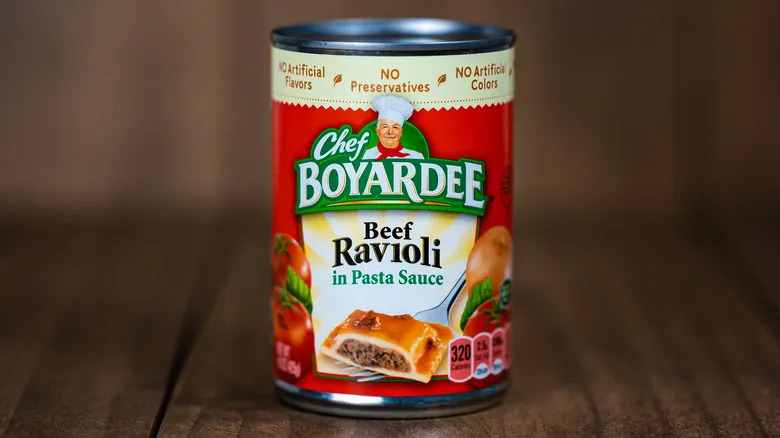
By 1942, during World War II, Chef Boyardee had expanded significantly, securing a contract to provide canned food for the U.S. Army, surpassing other companies in the process. To meet the increased demand, Hector Boiardi employed more workers and operated his Pennsylvania factory around the clock. In recognition of the company's efforts, the U.S. government later honored him with the esteemed Gold Star civilian award.
Despite the ongoing growth of Chef Boyardee, Boiardi chose to sell the company in 1946 to prevent layoffs among employees who had served during the war. Afterward, he returned to the restaurant business and pursued various ventures, while still advising the new owners for many years. He passed away in 1985 at the age of 87, yet his legacy endures as the face of a cherished American Italian food brand, with his anglicized name and image still featured on the company’s products today. If you decide to enjoy some Chef Boyardee canned goods, remember to adhere to the important guidelines for storing canned food by handling them carefully and keeping them in a temperature-stable environment.
Recommended

The Spicy Way That French Fries Are Enjoyed In Kenya
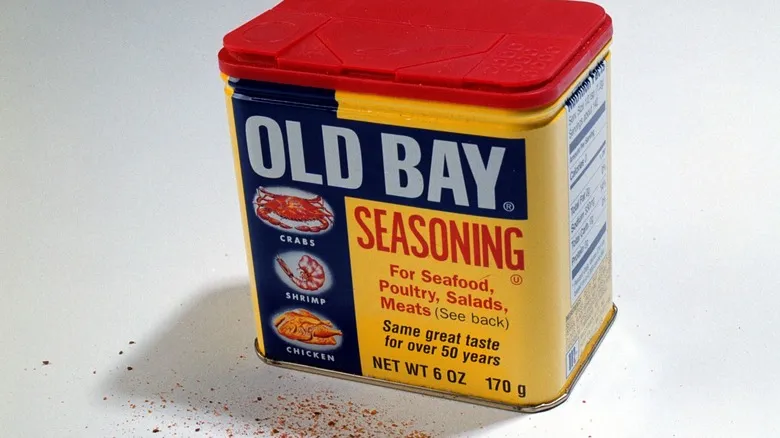
What Exactly Goes Into Old Bay Seasoning?

Are French Fries Even French?
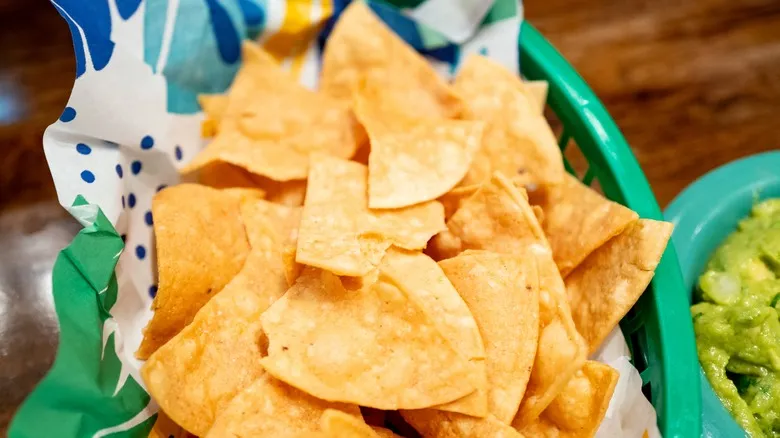
The Practical Reason Tortilla Chips Were Invented
Next up

